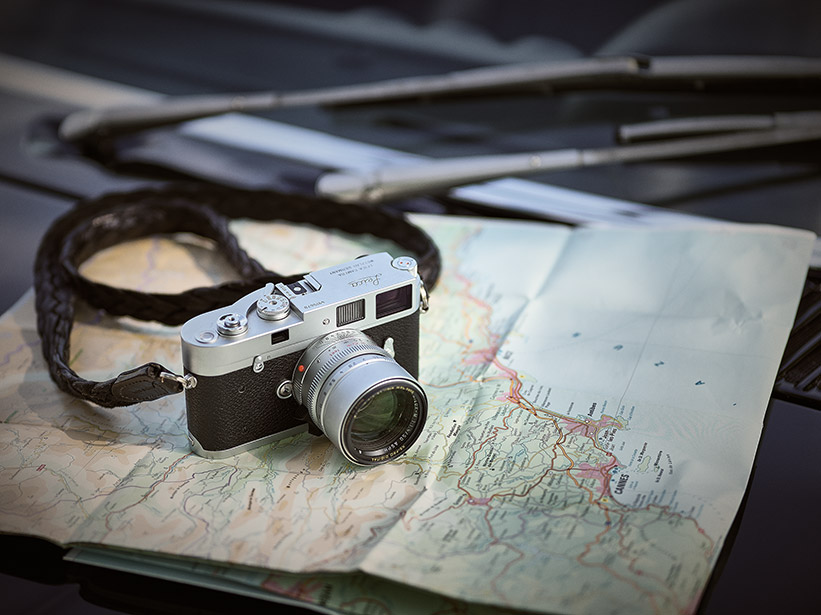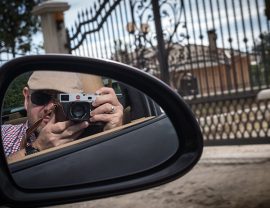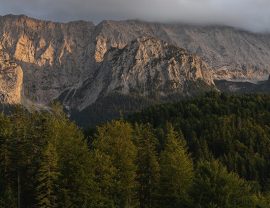The Leica M.
How can I put it without lapsing into the verbal diarrhea of fanatic fanboys or—in an attempt to avoid that trap -sending one word zombie after the next out on its way?
If you are using a Leica M, regardless of the decade in which it was crafted by Hessian hands in and around Wetzlar, you are always a photogenic photo genius—and I mean always and everywhere, regardless of what it looks like. The Leica, that is.
The Leitz company in Wetzlar has been working with optical products for more than 150 years and has the distinction of being the inventor of the 35mm camera. “Leitz(sche) Camera” became the Leica brand, which more than any other is an icon of photography in general and 35mm photography in particular. The vast majority of revolutionary photographic journalism in the past decades was produced using Leica cameras, so it should come as no surprise that almost every acclaimed photographer has a relationship of some kind with Leica.
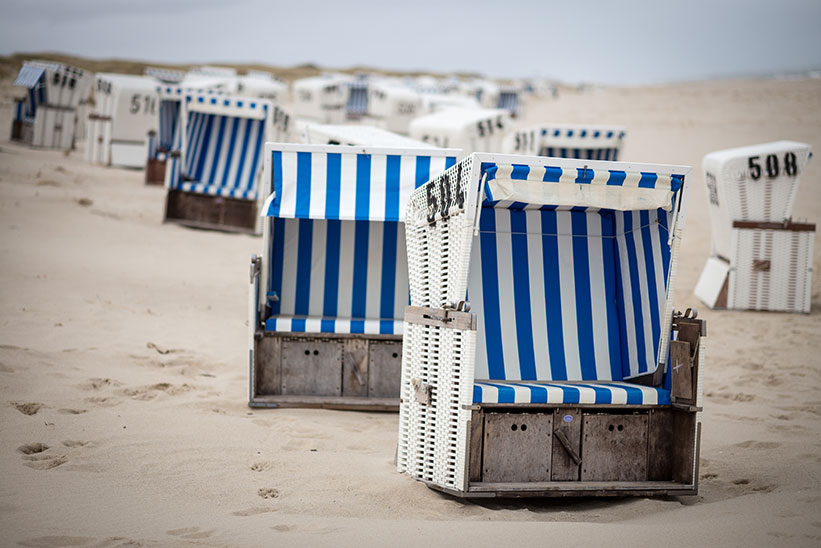
I would like to talk here about the Leica M system that was founded with the (analog) Leica M3 in 1954 and is most recently represented by the (digital) Leica M10. A Leica M is a special camera in every respect. This camera system is the brand nucleus, the 911 of the Leica Camera AG product portfolio, the queen of all 35mm rangefinder cameras in the world.
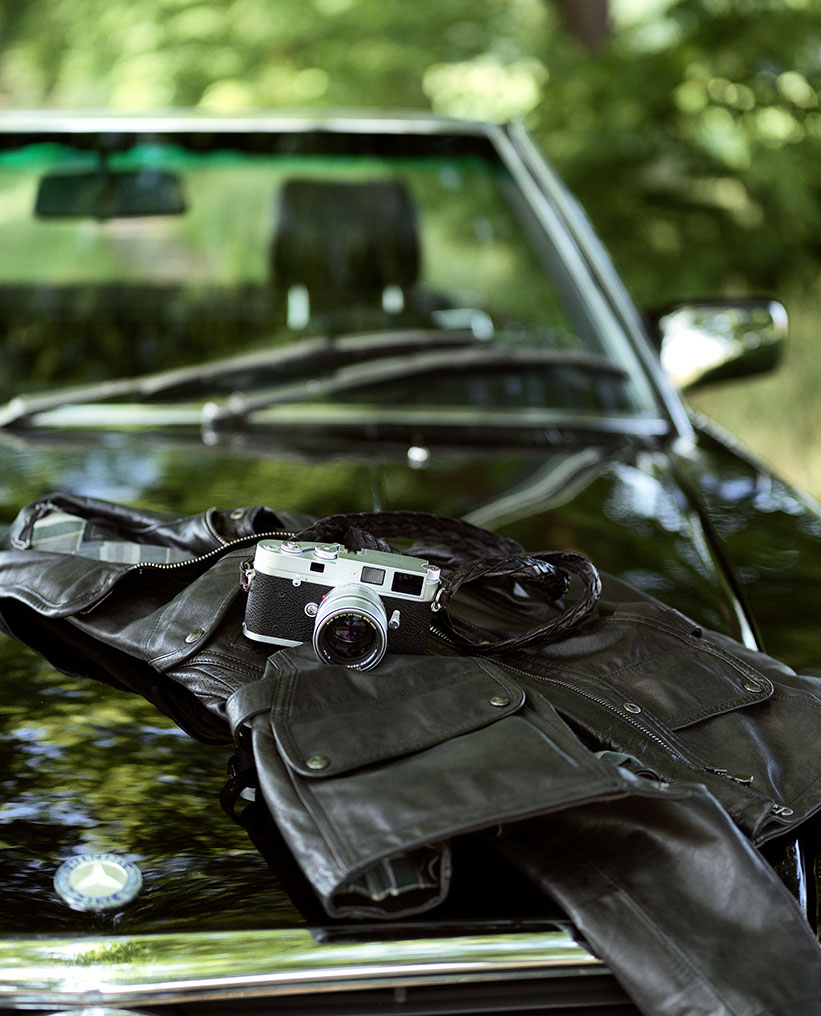
The rangefinder camera – the German term for which, “Messsucherkamera,” stands behind the letter “M” in the Leica M series – is based on an archaic method: The viewfinder doesn’t look through the lens like in single-lens reflex cameras, nor is the sensor image displayed on a monitor like in modern mirrorless cameras. Instead, the photographer generally looks through a window past the left side of the lens. He is therefore independent from the aperture of the mounted lens or the quality of the sensor image, which depends on multiple factors such as the aperture, the sensitivity of the sensor, and the live processing of the image. Since the photographer is basically looking through a little window, he sees as well as his eyes can in the current light conditions, and thus better than any camera sensor, and he can generally also see what its outside the frame and can therefore tell at an early point whether something is about to enter it. What he does not see is what the resulting photo will look like.
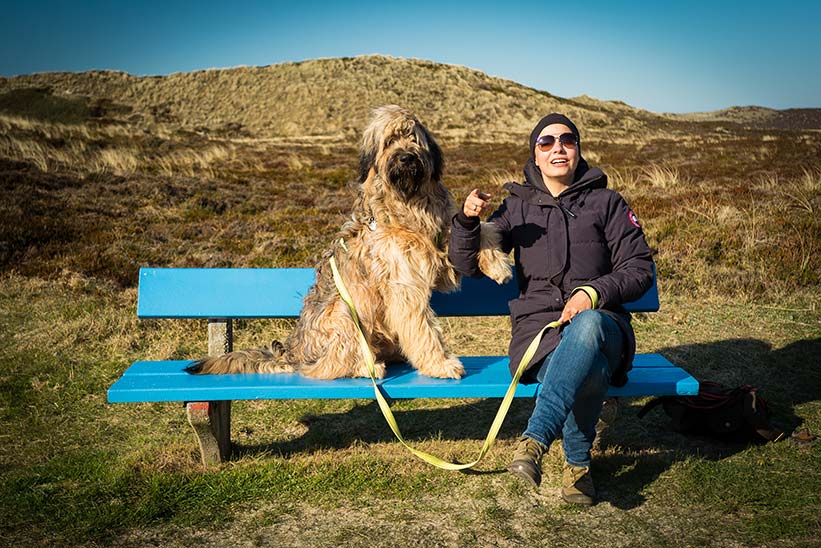
On top of all that, the Leica M does not have autofocus! To get a sharp image, you have to adjust the focus manually on the lens using a split image in the viewfinder. Alternatively, there is a distance scale on the lens that can be used to set the desired distance (range) of the focal plane—hence the name “rangefinder.” That sounds more complicated than it is. In practice, it makes taking photos with a Leica M a conscious, unhurried pleasure. With a little practice, a photographer can even become faster than an autofocus, which always decides for itself which part of the image lies in the focal plane. A rangefinder camera should ideally be used in such a way that a distance of, e.g., three meters is preset with a reasonably closed aperture, say f8. With a 35mm lens, this means that everything in a distance from about 1.7 meters to almost infinity is “sufficiently” sharp. The photographer can now quickly bring the camera to his eye, decide on the frame, and release the shutter without focusing.

I personally prefer to set my focus point manually on the lens and let everything else melt into the haze of bokeh. Anyway, the lenses!
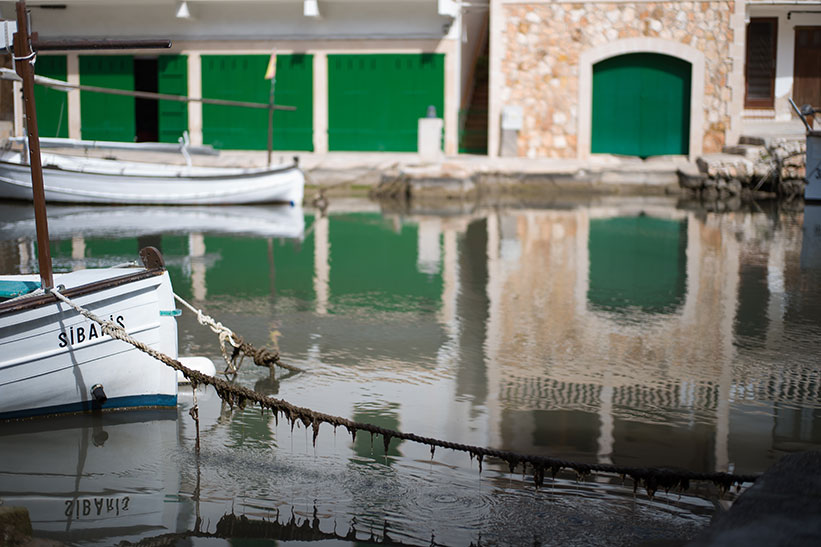
The Leica lenses.
Leica lenses are the best in the world. Period. That belief is shared even by photographers who work with other cameras and use an adapter to strap a Leica lens onto their Sony or whatever other camera. When we look at how small the lenses are in view of their light sensitivity and their image and processing quality, and how stable their value remains even in used condition, it is clear why even older lenses cost more today than most newer and more modern ones. In principle, all Leica M lenses manufactured since 1954 can be used with even the most recent digital Leica M camera. Incidentally, the older Leica models are the most expensive cameras in the world. In 2018, a Leica from 1923 was auctioned off for €2.4 million.
Few people know – and even fewer likely care – that Leica lenses, and even a Leica M2 camera, were used in outer space long before the Hasselblad. A Leica Summicron-M 1:2/50mm lens was used in the Surveyor lunar probes to align antennas with the stars.

Every experienced photographer knows that the lens is crucial for the look of an image. And the Leica look is legendary, even if everyone has different reasons for thinking so. Objectively, I might mention the high photometric luminous intensity and the quality of the special, hand-installed glass. Subjectively, I like the slightly too high saturation in the blue and red range and the creamy Summilux bokeh of the widest aperture. Now, a Leica M is not ideal for product or reproduction photography, which require 100% color fidelity. The Hasselblad or Phase One are better choices there, and those who appreciate finest analytical detail with maximum sharpness may develop a fondness for Zeiss lenses. In my opinion, however, these others lack the individuality and soul that literally catches your eye with Leica lenses. Ultimately, this is all a matter of taste and a creative decision on the part of the photographer, and any image can and will be faked and edited in postproduction.
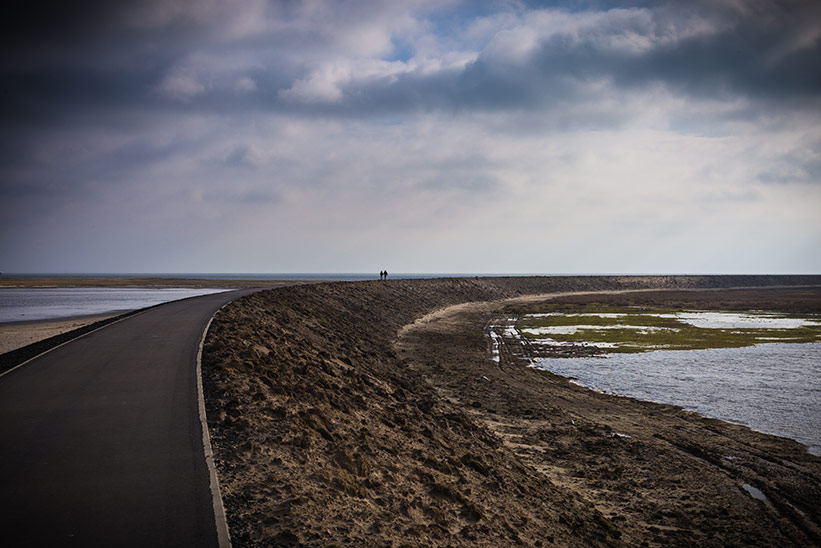
Keyword: computational photography.
Nowadays, digital postproduction has a considerable impact on the appearance of photos. Smartphones, for instance, are only able to capture images that are superior to the actual optical properties of their lens systems thanks to sophisticated software algorithms. These algorithms are increasingly being used in cameras and postprocessing software like RAW converters. It has therefore become impossible to judge the quality of a camera or lens without taking the RAW converter used into account. The so-called out-of-camera JPGs are tailored to the defined application case (e.g., portrait, landscape, or film) by means of various software tricks in exposure, contrast, color, sharpness, noise filter, gamma curve, color space, etc. RAW converters do the same—the difference is that the photographer can control each parameter individually.
Taking into account the rapid progress in artificial intelligence in the field of computational photography, we can soon look forward to the introduction of a “from shit to hit” button in Photoshop and similar software. All books, articles, videos, and courses on the subject of photography and image editing will then become obsolete. Only this article you are reading will maintain its purpose, because style is and remains timeless. Speaking of style, have you already read part one of this series, on the topic of Travel Photography in Style?

Leica M 10 technical data.
Those of you who don’t care enough to google the technical data of the Leica M10 will find all the information you need here:
- 24-megapixel CMOS without a low-pass filter (sufficient for A3 to A2 prints, coffee-table books, and gallery exhibitions, as well as 4K–8K screens)
- ISO range from 100 to 50,000
- 5 frames per second
- Wi-Fi to connect to an M app for iOS
- 3” TFT monitor with 1 million pixels and Gorilla glass cover
- Live-View on the monitor or in the electronic viewfinder with focus peaking (EVF. When applied, your camera will look like the Ghostbusters’ ectoplasm detector). Since chimping is for amateurs, Leica developed a digital model without a monitor (Leica M-D). The same can be achieved more easily with an attractive case by Luigi, but we’ll get to that later.
- Not officially weather-sealed, but “well equipped to withstand light rain, dust, etc.” (in fact, the camera is pretty resilient and, based on my own experience, works at 40°C in the shade or sun, as well as at ‑28°C in the snow)
- It can flash by means of a flash unit on the hot shoe, but that’s not really done with a Leica, which is more of an “available light” kind of camera.
- Weight: approx. 660g
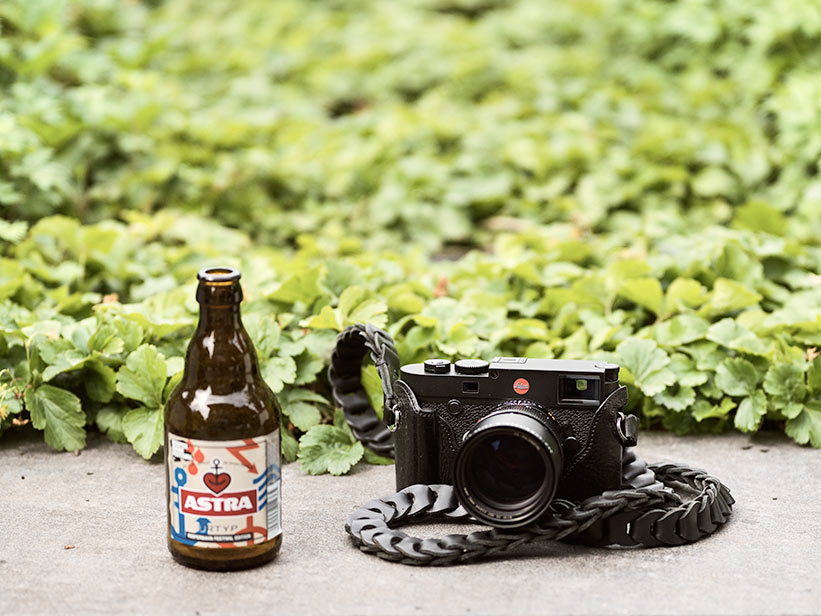
Ladies and gentlemen, the boss is telling me I have said enough on the topic of camera technology. Ultimately, this brass sculpture steeped in history with its 60-year-old ergonomics is far above the mundane technical specifications of a new-fangled digital camera. Let’s get back to style.
Leica customization and special editions.
The camera is available in black and silver and can be leathered in different colors (YES!), engraved, and otherwise customized through the Leica M à la carte program. Therefore, and due to possible wait times in service, a Leica photographer (or the photographer’s wife or husband, close and distant relatives, wards, and charges) can and should own more than one camera. Wonderful!
Those who have no design ideas of their own should buy one of the many special editions. Due to their price, these are often sent straight to the showcase (yuck!) or the safe (double yuck!), but where would we end up if we allowed others to tell us what to do?
Incidentally, my wife was deeply impressed by the Hermès limited edition in light brown leather, and was deterred from an immediate transfer of ownership only with a heavy heart due to the €40,000 purchase price (at the time; as a collector’s item, it is more expensive today). I wonder what the American Express Centurion card would have had to say about that?

I for my (much more modest) part would already be happy with the Leica M-P Correspondent designed by Lenny Kravitz, who doesn’t only get high and sing but also gets high and takes photos. Quite good ones, by the way – and he uses a Leica M. According to the marketing legend, he got his first Leica from his father, and it looked pretty battered. But a Leica doesn’t age, it matures and gets character. So just go over it with sandpaper, rub it against the roughcast wall, or take it on your travels for a few years, then it will look really good and you will seem like a photographer who has seen and experienced a lot. Don’t try that with any old camera – plastics do not mature as elegantly. Since Lenny Kravitz has a new one now, he misses his old one (we’re still talking about cameras here) and took a piece of sandpaper to a whole crate of them (125 cameras) so that they now look like his dad’s old one (his camera!) and come with a practical suitcase. Well, not any more, because they were sold out before they even hit the market, most likely due to the (too) low price of approx. €25,000.
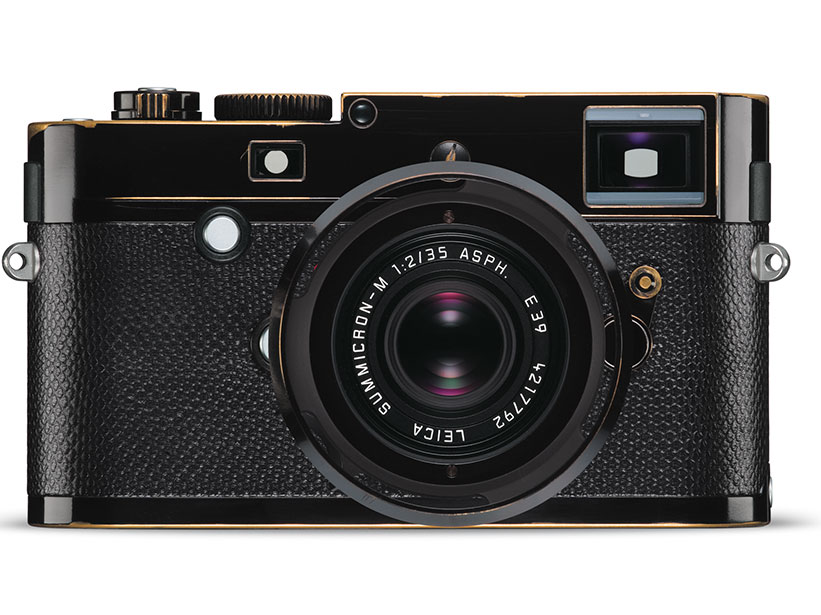
There are countless other special editions of the Leica M (and also of several lenses, incidentally) in limited editions. What they all have in common is that they are intended primarily as an investment, are correspondingly expensive, and are of course all sold out.
But the “series” Leica M photographers are also so rare, compared to their Canon, Nikon, Fuji, Sony, and Olympus counterparts, that they greet each other like drivers of rare cars. Or the people on Kangaroo Island, where it is so rare to see other people that you always greet each other, regardless of which camera is dangling from your neck—if any. Once you have managed to personalize your camera over the years with its own unique scratches and dents and can tell the stories to go with them, you have reached the Olympus of style-conscious travel photographers. That is also a small comfort when the wait time for the latest series model that you will never need but somehow still want, can often be half a year or even longer. For new lenses, the wait time regularly exceeds a year.

Leica service.
That Leica does not keep its production in line with demand becomes apparent to the loyal customer at the latest when it comes to service. While it is competent and friendly, it is also done by hand and in Hessen. Should repairs be necessary, they can easily take several weeks. A recalibration of the rangefinder including professional cleaning – a service you should treat your camera to every few years – can take one to three months. At times like those, it’s good if you don’t only own one Leica. In this regard, too, a Leica is like a valuable mechanical wristwatch.
I have been fortunate so far and only once had a technical problem with the rangefinder mechanism of my digital Leica. But instead of making me wait several weeks for repairs, the amazing Leica Store Munich sent me a brand-new replacement camera free of charge within 48 hours. Other camera manufacturers like Hasselblad can only dream of that level of service. Another provider who is very good when it comes to quick turnaround and loan devices is Canon Professional Services (CPS), whom I came to appreciate as a gold member, especially when the time came to sell all my Canon equipment.

The M10 is the latest digital Leica M model. Unlike just about every other camera manufacturer, Leica still produces analog cameras, and thus the key to the pinnacle of the Olympus of photography with style. Regardless of what postproduction looks like, there is no software that can reproduce the creamy look of a real analog image. Fortunately, analog photographers do not have to develop their own film but can have it done in a photo lab and then have the photos scanned in high-resolution.
If you carry a Leica MP with an exposure indicator, or the completely electronics-free and thus EMP weapon–proof M-A around your neck, you are a 10 on the attractiveness scale of the photo community. You are the bacon (or tomato, if you are a vegetarian—unfortunately, I don’t have an image for vegans) in the scrambled eggs of common photographers.
Apart from that, the analog photography experience with a Leica is completely different from even an excellent digital version, so I like to take both a digital and an analog camera with me when I travel—although you can quickly look like a war correspondent if you wear both around your neck at the same time. The only thing with more style than an analog Leica is the analog Hasselblad medium-format camera, but that one is heavier, bulkier, and trickier, so it often stays at home.
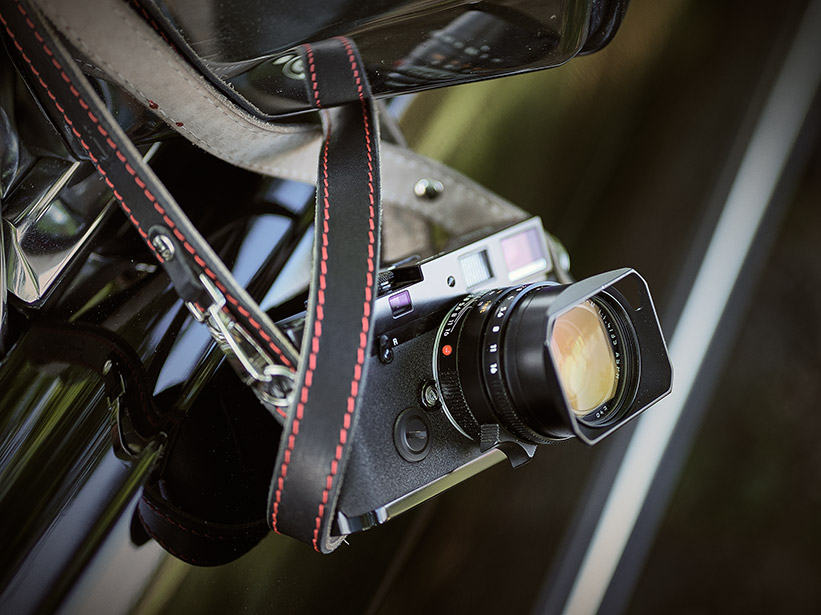
Gear acquisition syndrome (GAS) appeasement attempt.
Since good photos can be taken today with basically any tool equipped for that purpose and almost everything has been photographed before, albeit not by everyone (exactly!), the act of taking a photograph returns to where it belongs: to the center of attention and of meaningful significance.
Taking pictures can and should be fun, and doing it with a personal touch (i.e., style) is proven to be good for you, since it proves the presence of personality.
What makes the Leica M and its lenses the perfect, style-conscious camera for photo trips?
- The Leica M is small and handy, although not very light. It is reliable and robust in any weather and in all climates.
- A Leica is reduced to the “essential” and frees you from all the gimmicks that ultimately don’t produce better pictures but do make your camera as complicated as an Airbus cockpit.
- It is exceptional in its handling as a rangefinder camera with manual focus. It changes the process of taking photos and perhaps also the photos you take with it.
- It has an excellent, modern image quality that gives its pictures a unique look.
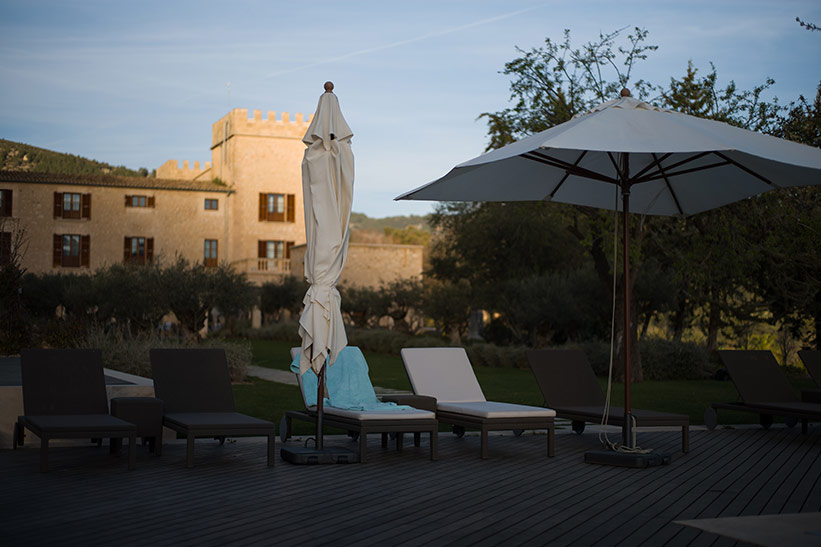
- The Leica M is an exclusive camera; its timeless beauty looks back on a decades-long success story in the hands of the world’s most important photographers. It is a mechanical masterpiece of precise craftsmanship and looks neither like a steampunk deep fryer nor a 1980s video recorder.
- There is rarely a reason to upgrade to a newer model. Scratches and dents only make the camera more attractive. The Leica is an effective antidote to gear acquisition syndrome – at least once you have bought everything from Leica.
- The service during the lifetime of the camera is appropriate for its price, especially if you know a good Leica dealer.
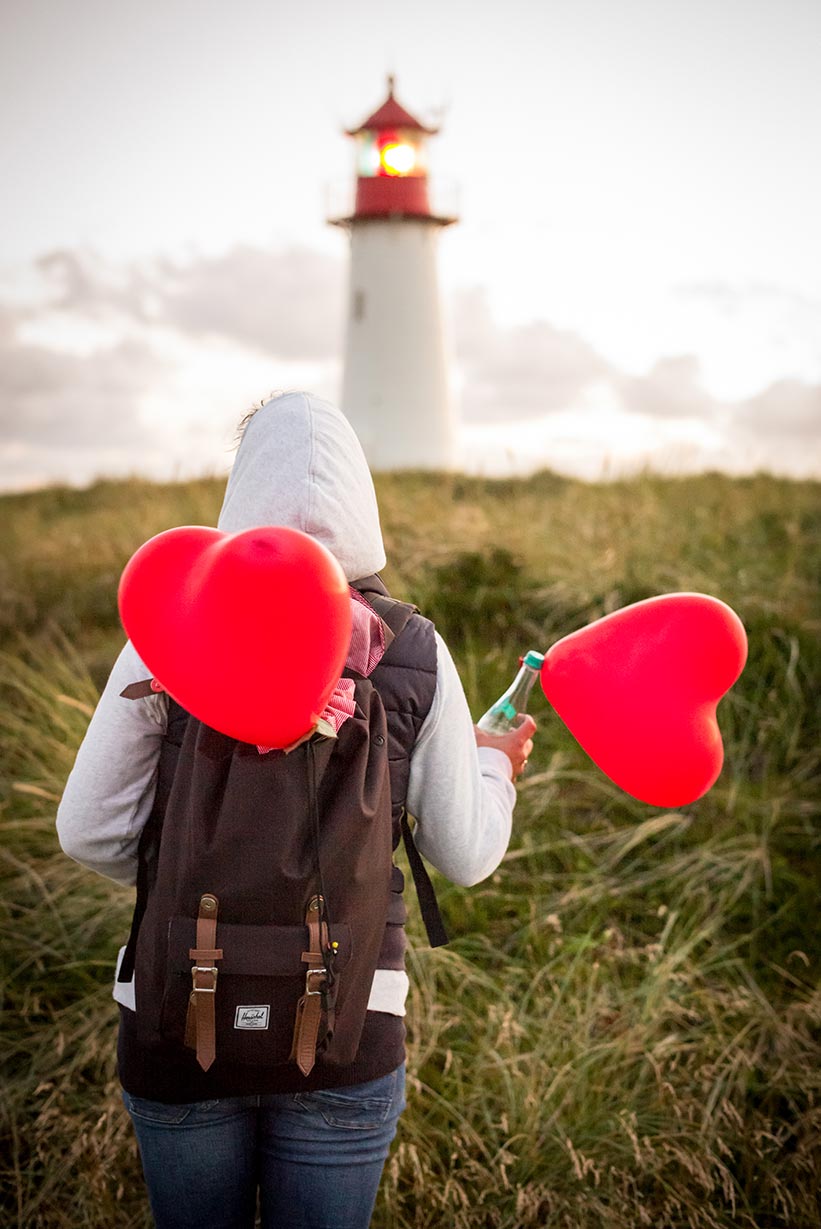
Links – Read more about Leica Leica (blogs, books, forums, etc.).
If you’d like to learn more about the legend of early and modern photography, you can find more extensive information than I could ever compile here effectively in Thorsten von Overgaard’s outstanding Leica blog
If you want more information after finishing my article, you can find in-depth videos by Thorsten von Overgaard here
Other great blogs on the Leica topic are the Barnack Berek Blog and the one by Erwin Puts
A little less technical density but written in German and with a good dose of Northern German honesty, equanimity, and likeability; my favorite blogger on the topic of Leica photography: Patrick Ludolph: https://neunzehn72.de/ein-jahr-leica-m-und-wie-isses-so/, https://neunzehn72.de/der-leica-faktor/, and many more
“A Masterpiece in the Making” is one of the countless movies about the Leica, its heritage, and its production. This one shows all the craftsmanship that goes into a Leica M10.
To see how a Leica lens is produced, watch: https://youtu.be/U6bux2WBzx0
Style cannot be faked! Keep the following books on your bedside table or coffee table so that you can shine with your expertise when talking about your Leica as much as with your appearance:
“Leica M 1954 bis Heute“ by Günter Osterloh
“Leica Lens Saga” by Erwin Puts
“Ninetynine Years Leica” by Rainer Schillings.
“Augen auf! 100 Jahre Leica” by Hans-Michael Koetzle
Display self-irony in the age of the selfie epidemic with “Leica Myself”
At least two issues of LFI Magazine and at least one issue of M Magazine
If you don’t have the space for a coffee table, you can get inspiration here: https://waldfriedenstate.com/spiegel/
If you remain fearless in the face of fanboys, consider venturing into the world’s leading Leica forum: https://www.l-camera-forum.com
Or get information directly from the manufacturer: http://de.leica-camera.com/Fotografie/Leica-M/Das-M-System
If you are looking for excellent advice or want to buy something, go to: Leica Store Munich
Other articles in this series:
About the author:
Audemar ended his modeling career far too early to take over as Chief Coordinator Writers Stuff. Or something like that… He is married to me but wants to remain anonymous and therefore writes under a pseudonym, which we won’t reveal…

